
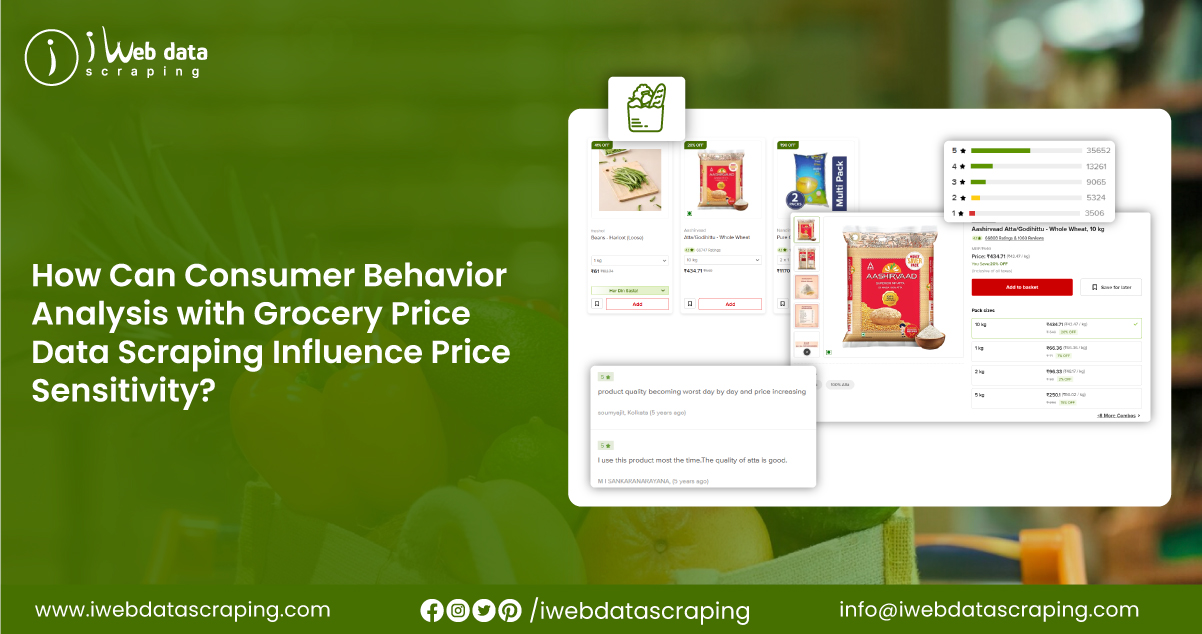
In the fast-paced world of e-commerce, where consumers increasingly rely on digital platforms to make purchasing decisions, Consumer Behavior Analysis with Grocery Price Data Scraping has become a pivotal element for businesses, consumers, and market analysts. Understanding how these price changes influence consumer behavior is critical to retailers and consumers as grocery prices fluctuate due to numerous factors. This article explores how grocery price data scraping impacts consumer decision-making, price sensitivity, and the strategies consumers and businesses use to leverage this data for better purchasing choices.
The Impact of Grocery Price Scraping on Shopping Trends has grown substantially as more retailers and consumers recognize the value of accurate, real-time pricing information. By harnessing data from multiple online grocery platforms, businesses can optimize their pricing strategies, ensuring they stay competitive while meeting the needs of price-sensitive customers.
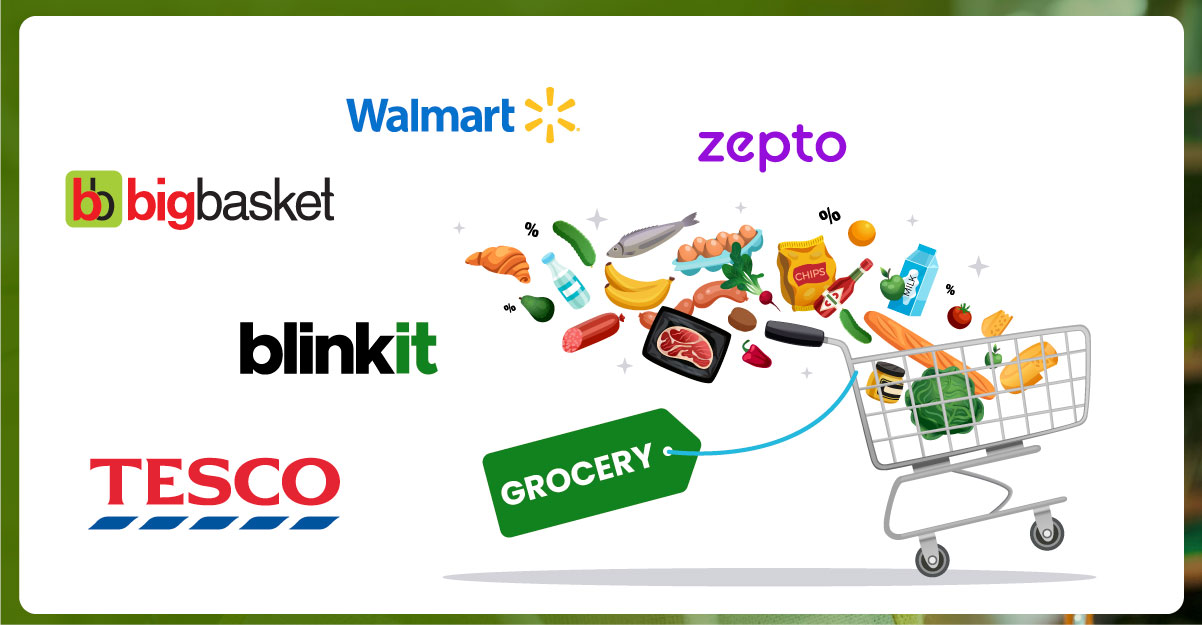
Grocery price data scraping is the automated process of extracting pricing, availability, and promotional information from online grocery stores or supermarket websites. This process is accomplished using web scraping tools, which collect structured data from different digital platforms, including grocery delivery apps like Bigbasket, Zepto, and Blinkit and larger supermarkets such as Walmart and Tesco.
With the rise of e-commerce, consumers are no longer restricted to physical stores for grocery shopping. They now have the convenience of online grocery shopping, where prices are transparent, and real-time comparisons between different retailers are just a click away. This ease of access has significantly altered consumer behavior, as online platforms have made it easier for shoppers to make informed decisions based on price and promotions.
The importance of Real-Time Grocery Price Data Extraction has become more evident as consumers are empowered to compare prices instantly, helping them find the best deals. Additionally, Consumer Behavior Analysis 2025 focuses on how these digital trends will continue to evolve, offering insights into future purchasing patterns and the growing reliance on price data for decision-making.
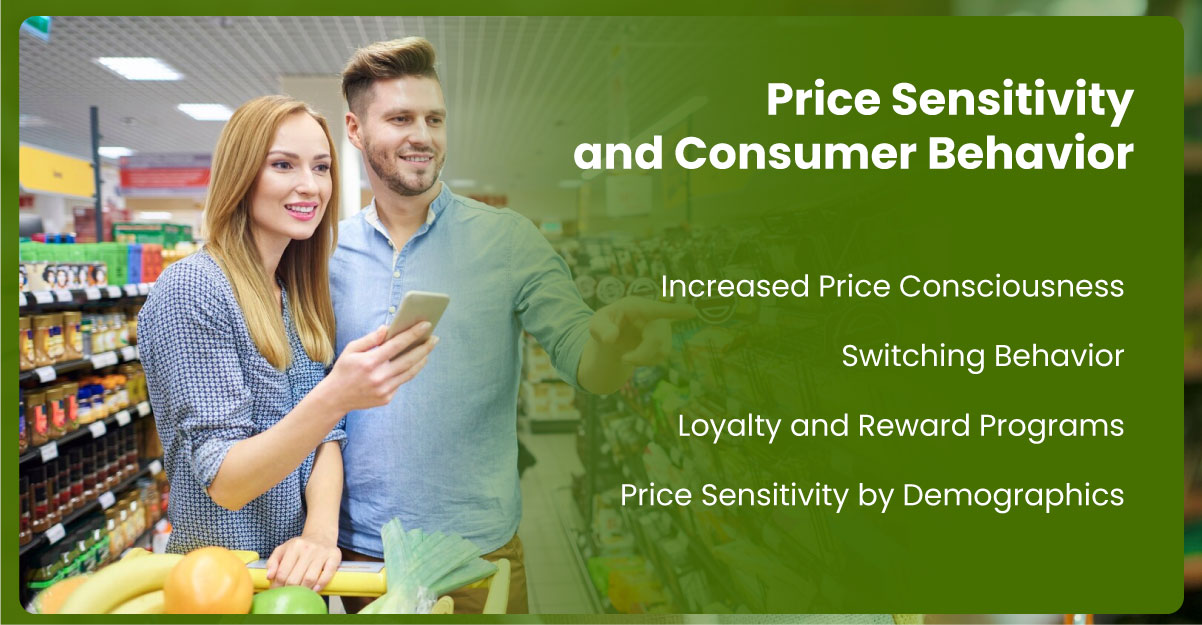
Price sensitivity refers to the degree to which changes in price influence consumers' purchasing decisions. Price data scraping allows businesses and consumers to track price trends and monitor fluctuations across different platforms. As consumers gain access to this data, they become more attuned to changes in grocery prices, which influences their buying behavior in several ways.
1. Increased Price Consciousness: With price data readily available, consumers are becoming more price-conscious, continuously comparing prices across different stores before purchasing. The ability to instantly compare prices makes consumers more likely to seek discounts or special offers. This trend, known as "showrooming," has become more prevalent, where consumers use mobile apps to check prices in physical stores and then make purchases online if a better deal is found.
2. Switching Behavior: As price comparison becomes easier, consumers are more willing to switch between brands, retailers, or even substitute products based on price alone. The transparency afforded by price data scraping enables consumers to discover cheaper alternatives they may not have considered otherwise. For example, if a particular grocery item rises in price, a consumer may switch to a similar product or opt for a different store offering a better deal. This switching behavior is particularly noticeable in categories such as packaged food, beverages, and household goods, where prices vary significantly across stores.
3. Loyalty and Reward Programs: With the wealth of information made available through price scraping, many consumers are becoming more discerning about the loyalty programs and rewards grocery retailers offer. Retailers with price tracking capabilities can create targeted promotions for repeat customers, incentivizing them to stay loyal despite price fluctuations. Grocery chains that offer loyalty discounts and reward points based on regular purchases have leveraged price-scraping techniques to tailor offers that encourage consumer loyalty, leading to increased customer retention rates.
4. Price Sensitivity by Demographics: Price sensitivity can vary significantly across different demographic groups. Families may be more inclined to monitor grocery prices closely to stay within a budget, while single consumers may be less price-sensitive. Data scraping allows businesses to identify trends in price sensitivity by demographic group, enabling them to tailor their offerings and marketing strategies to cater to these different needs. The ability to track real-time pricing data helps businesses adjust pricing strategies based on the target consumer base's price elasticity.
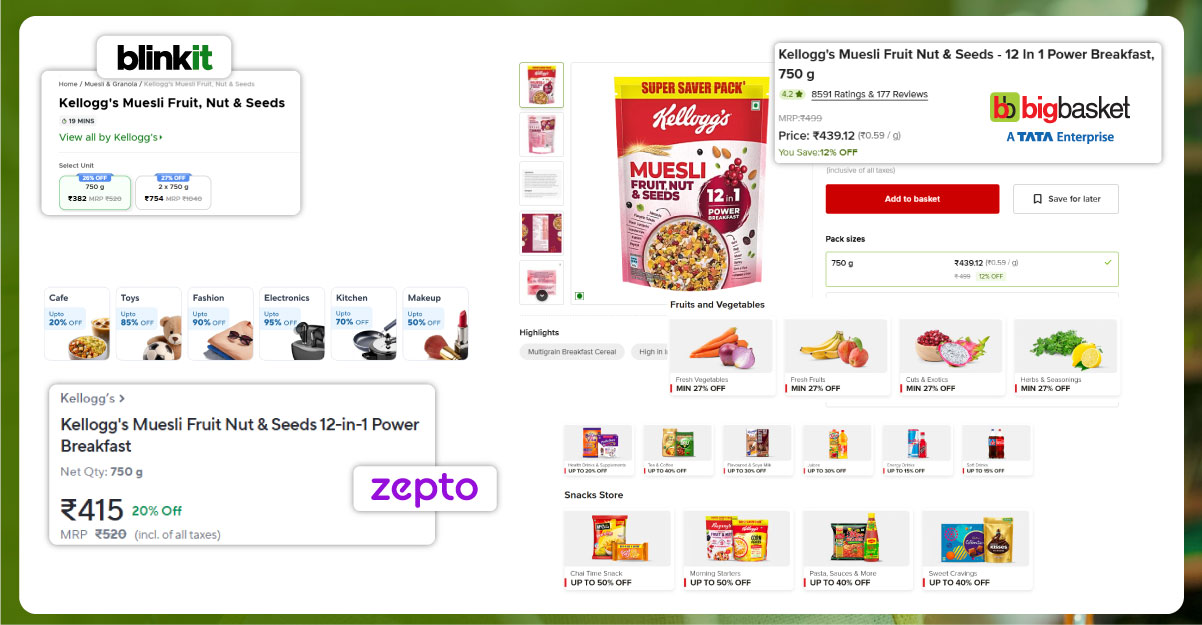
The role of Grocery Data Scraping Services goes beyond simple price comparisons. It has a direct influence on consumers' broader purchasing habits. As consumers grow accustomed to tracking prices, they change how they approach their grocery shopping trips—both online and in-store.
1. Impulse Purchases: In the past, impulse purchases were primarily driven by in-store promotions or limited-time offers. However, with the advent of online grocery shopping and price scraping, businesses can now push targeted promotions to consumers in real- time. Consumers may receive notifications or alerts about price drops on items they have previously searched for, prompting them to impulse buy. Grocery price scraping allows retailers to identify which products are frequently searched for or added to wish lists, enabling them to offer time-sensitive discounts that can spur immediate purchases.
2. Bulk Buying and Subscription Models: The growing trend of bulk buying and subscription-based models is another example of how price scraping impacts consumer decision-making. By continuously monitoring prices, consumers can determine the best time to buy in bulk or subscribe to regular deliveries of their most commonly purchased items. Grocery retailers, in turn, use data scraping to forecast demand and optimize inventory management for such subscription models. By identifying patterns in purchasing behavior, businesses can offer discounts or personalized subscription plans, creating a win-win situation for consumers and retailers.
3. Convenience Over Price: While price is a significant factor, convenience is also a primary consideration in the modern consumer's shopping journey. As consumers grow accustomed to grocery delivery services like Instacart or Amazon Fresh, price sensitivity may sometimes take a back seat to the convenience factor. However, the ease of price comparisons and real-time data scraping allows consumers to monitor costs while still enjoying the convenience of delivery. As a result, consumers are increasingly prioritizing not only the best prices but also the level of service, speed of delivery, and overall shopping experience.
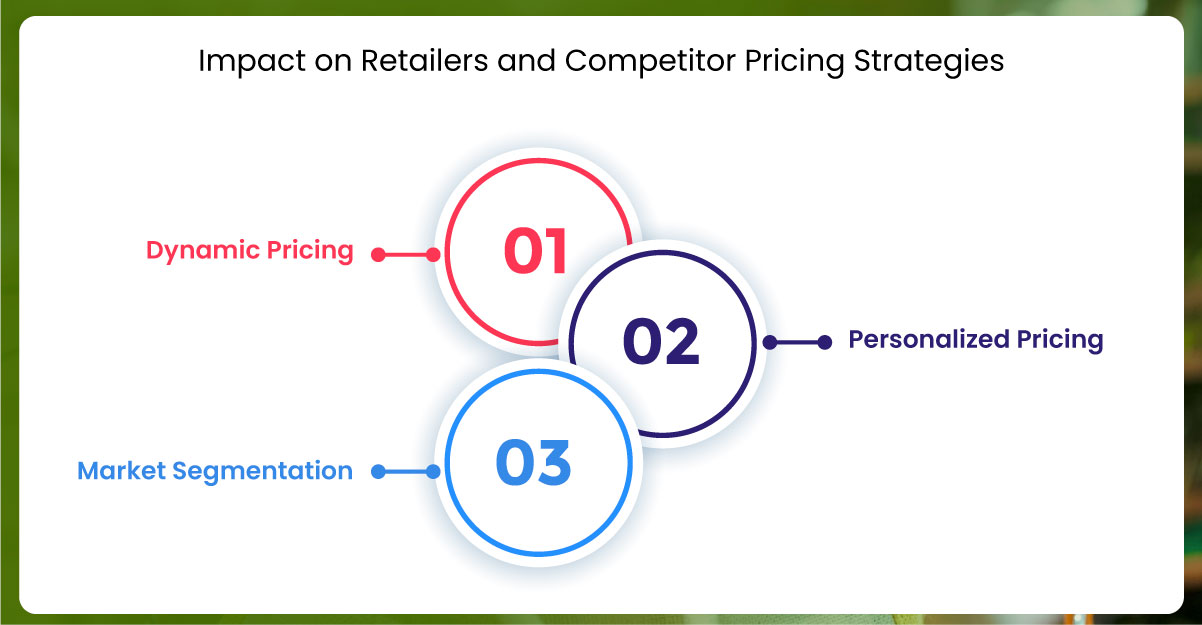
For retailers, grocery price data scraping is a powerful tool that helps them understand consumer preferences, anticipate price fluctuations, and remain competitive in a crowded marketplace. As more retailers embrace e-commerce, staying competitive with pricing is essential to attracting and retaining customers.
1. Dynamic Pricing: With the data from price scraping, retailers can adjust their pricing strategies dynamically in response to competitor price changes or shifts in consumer demand. This practice, known as dynamic pricing, has become common in online grocery stores. By monitoring competitor prices, businesses can adjust their prices in real-time to stay competitive, ensuring they offer the best deals without sacrificing profitability. Retailers can even use historical data from competitor websites to predict future price movements and adjust their pricing strategies accordingly.
2. Personalized Pricing: Leveraging price data allows retailers to create personalized pricing strategies for individual consumers. By analyzing a consumer's purchasing habits and tracking price-sensitive products, businesses can offer personalized discounts or promotions on items the consumer is likely to purchase. This personalized approach increases the likelihood of conversion by presenting offers relevant to each consumer's preferences.
3. Market Segmentation: Retailers can use data scraping to segment their market more effectively. They can tailor marketing campaigns and pricing strategies to specific geographic areas by understanding regional price fluctuations. For instance, a grocery store chain in high-income and low-income neighborhoods can adjust prices or offer localized promotions based on the consumer segments' purchasing power and price sensitivity.
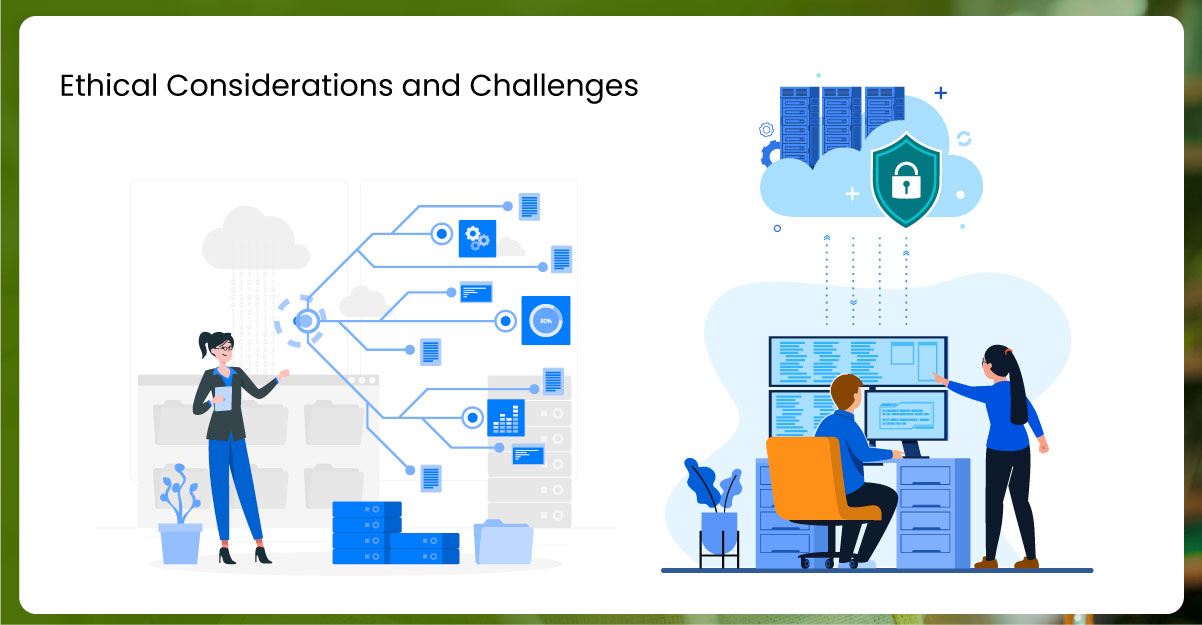
While grocery price data scraping provides numerous benefits for consumers and businesses, it comes with ethical considerations. The most significant concern is the impact of scraping on retailers' websites. Scraping can strain websites by causing high server loads or violating terms of service agreements. Additionally, excessive reliance on price scraping could lead to market manipulation, where businesses engage in predatory pricing or collusion to inflate or deflate prices artificially.
Conversely, consumers must be cautious about the data they share with third-party price monitoring tools. Protecting personal information and ensuring data privacy is paramount when engaging in price comparison services. Scraping platforms must adhere to strict data protection regulations to safeguard consumer privacy and maintain trust.
Grocery price data scraping has revolutionized consumer interaction with grocery retailers. With easy access to up-to-date pricing information, consumers have become more price- conscious, leading to increased price sensitivity and a willingness to switch brands or stores for better deals. For businesses, this data provides insights into consumer behavior, allowing them to adjust pricing strategies and create personalized offers.
Grocery Price Data Intelligence is key in helping businesses stay competitive, predict trends,and optimize pricing. As the online grocery shopping landscape evolves, the impact of data scraping will grow, enabling smarter, more informed decisions. Access to Grocery and Supermarket Store Datasets offers valuable insights into market dynamics and consumer preferences.
Experience top-notch web scraping service and mobile app scraping solutions with iWeb Data Scraping. Our skilled team excels in extracting various data sets, including retail store locations and beyond. Connect with us today to learn how our customized services can address your unique project needs, delivering the highest efficiency and dependability for all your data requirements.